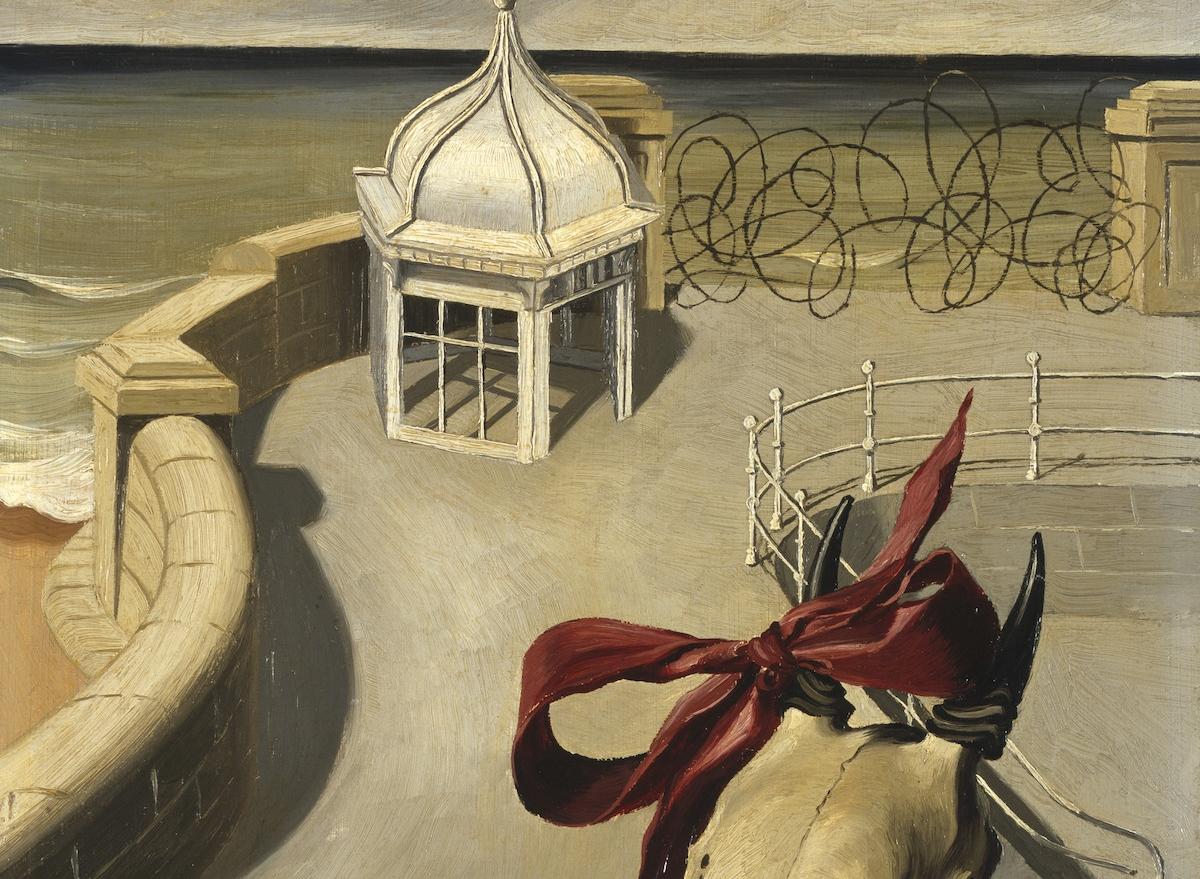
Marion Adnams, Aftermath (Detail), 1946
While Surrealism of the early 20th century was a male dominated movement, most associated with artists such as Salvador Dalí, there were many female artists making significant contributions who were lesser known at the time. These innovators and change-makers broke the movement’s glass ceiling, challenging not only viewers' perceptions with their reality-bending art, but also using their work as a tool for social change. If you're interested in the movement, here are ten female Surrealists you should know.
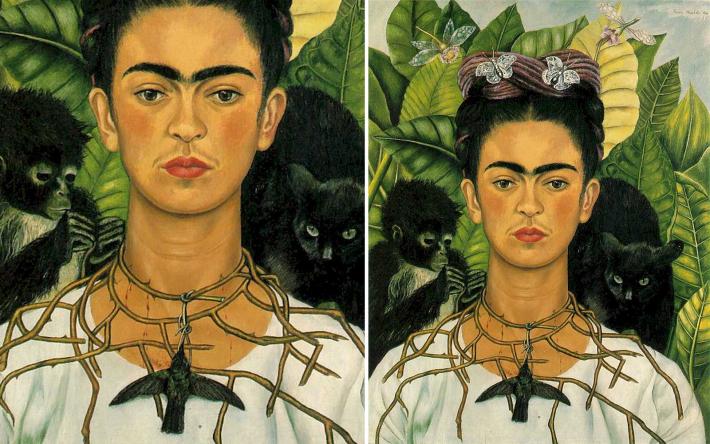
No Surrealist list would be complete without Mexican painter Frida Kahlo (1907–1954). Her now iconic work combined fantastic and realistic elements, using folkloric motifs, lush landscapes and realistic portraiture to produce powerful visual meditations on identity, chronic pain, colonialism, race, class, and gender.
Image: Frida Kahlo, Self-Portrait with Thorn Necklace and Hummingbird (1940). Harry Ransom Center.
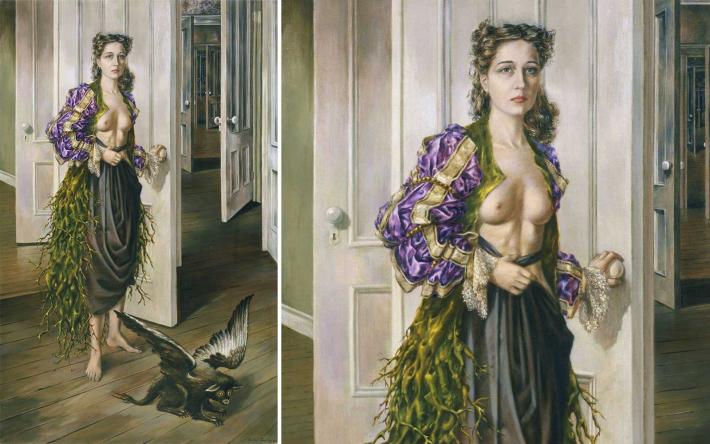
American multi-disciplinary artist Dorothea Tanning (1910–2012) explored fantastical figurative tableaux and abstraction. In her erotically mythic self-portrait Birthday, she wears a breast-baring flouncy dress–the skirt adorned with branches, standing in a hall of endless doorways, with a winged creature sitting at her feet.
Image: Image of Dorothea Tanning's painting "Birthday," 1942, oil on canvas, 40 1/4 x 25 1/2 in. Philadelphia Museum of Art. © The Estate of Dorothea Tanning.
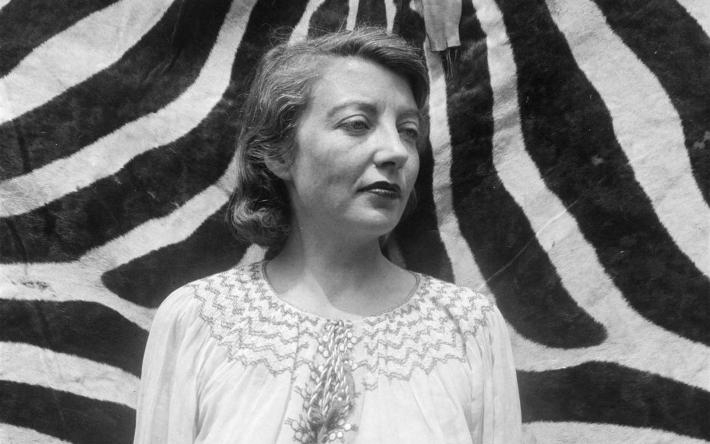
Known for her paintings, sculptures and assemblages of found objects, Argentine-British artist Eileen Agar (1899–1991) shocked 1930’s Britain wearing a hat decorated with fake seafood. An artistic creator until her death, Agar’s charmingly bizarre, often brightly colored pieces continue to beguile viewers.
Image: Anonymous, Photograph of Eileen Agar standing in front of a zebra skin, c. 1935. Tate Archive Collection. Presented to Tate Archive by Eileen Agar in 1989 and transferred from the photograph collection in 2012. Photo © Tate. Creative Commons Licence CC-BY-NC-ND 3.0 (Unported).
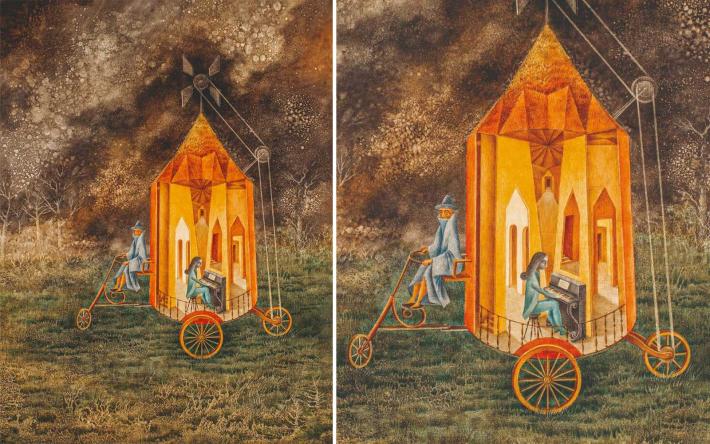
Spanish painter Remedios Varo (1908–1963) fled to Paris, and then Mexico during World War II. Using an allegorical visual language, her work breathes magic and mystery. In Roulotte, a bearded man in a blue hat and cloak pilots a large tricycle thru a twilit wood, towing a delicate house in which a skeletal figure plays the piano.
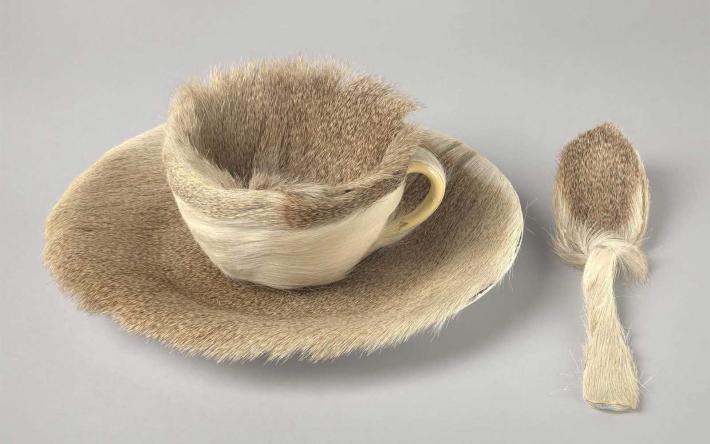
Famous for creating a fur-covered tea set, Swiss artist Méret Oppenheim (1913–1985) broke barriers between high fashion and fine art, designing pieces that still inspire knockoffs today, while her installations, paintings and photographs continue to inspire contemporary artists.
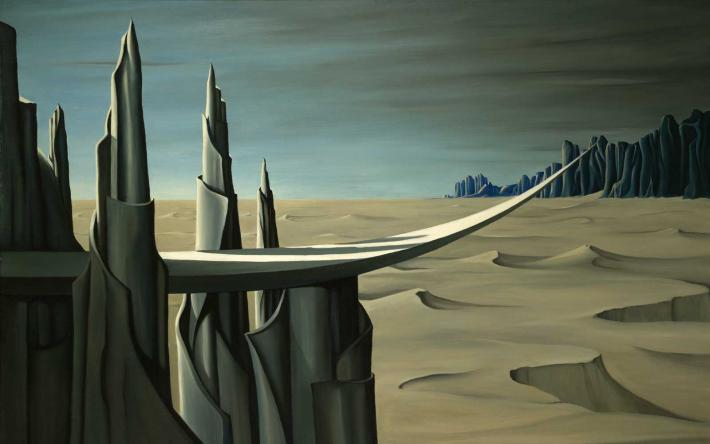
American painter and poet Kay Sage (1898–1963) divorced an Italian prince to focus on her art. Moving to Paris, she became deeply involved in the Surrealist Movement, and used her connections to help relocate refugees to the US when World War II broke out. Danger, Construction Ahead is an excellent example of her powerful, enigmatic landscapes, with a fantastically whorled cliff face jutting over a somber expanse of sand dunes.
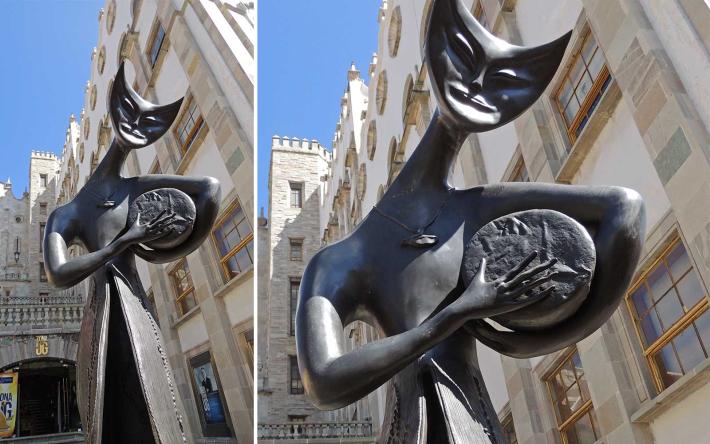
British painter and sculptor Leonora Carrington (1917–2011) relocated to Mexico during WWII. Influenced by Celtic mythology, folk art, alchemy and Jungian psychology, her work often examines feminine sexuality, identity and metamorphosis. Her wryly magical sculpture Cervantino stands holding a drum, its mask-like face horned like the crescent moon.
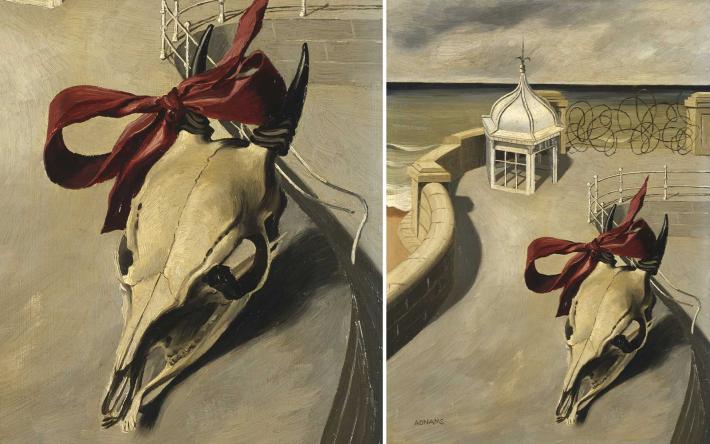
English painter and printmaker Marion Adnams (1898–995) painted surrealistic dreamscapes, often incorporating landscapes from the area around Derby, where she was born and raised and began her career. In Aftermath (1946), a giant horned animal skull, festooned with a red ribbon, rests against the railing near a tiny bathing pagoda, on a wall overlooking the sea.
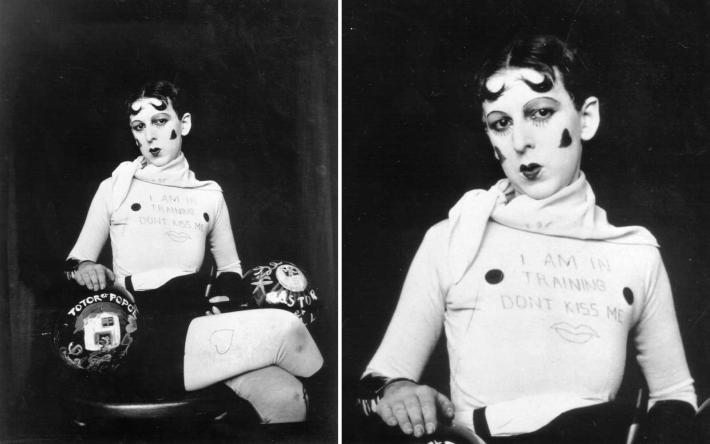
Gender-fluid Jewish-French multi-disciplinary artist Claude Cahun created avant garde self-portraits utilizing a range of personas with her romantic and artistic partner Marcel Moore, radically reframing beauty, gender and the viewer’s perception of reality. After moving to Jersey during World War II, Cahun and Moore became resistance workers.
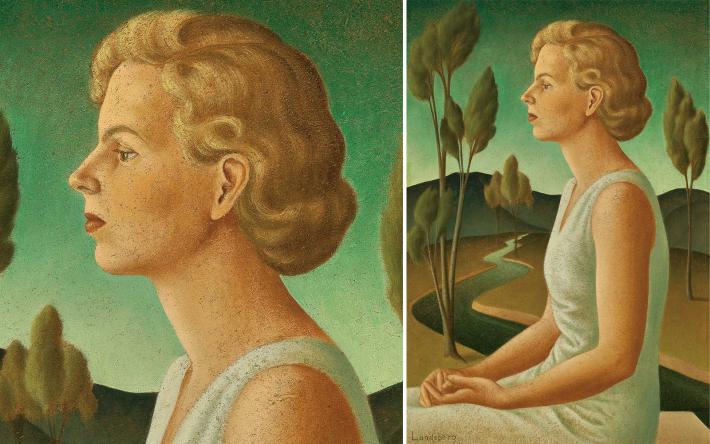
In response to the Surrealist movement, American painter Helen Lundeberg (1908–1999) is credited with establishing the Post-Surrealist movement with her husband Lorser Feitelson, consciously choosing visual symbolism instead of using random dream imagery. In Portrait of Inez, a stately blonde woman sits with her hands resting in her lap, behind her, a phantasmagorical landscape with a winding river, tufted trees and a brilliant turquoise sky.
Megan D Robinson
Megan D Robinson writes for Art & Object and the Iowa Source.























